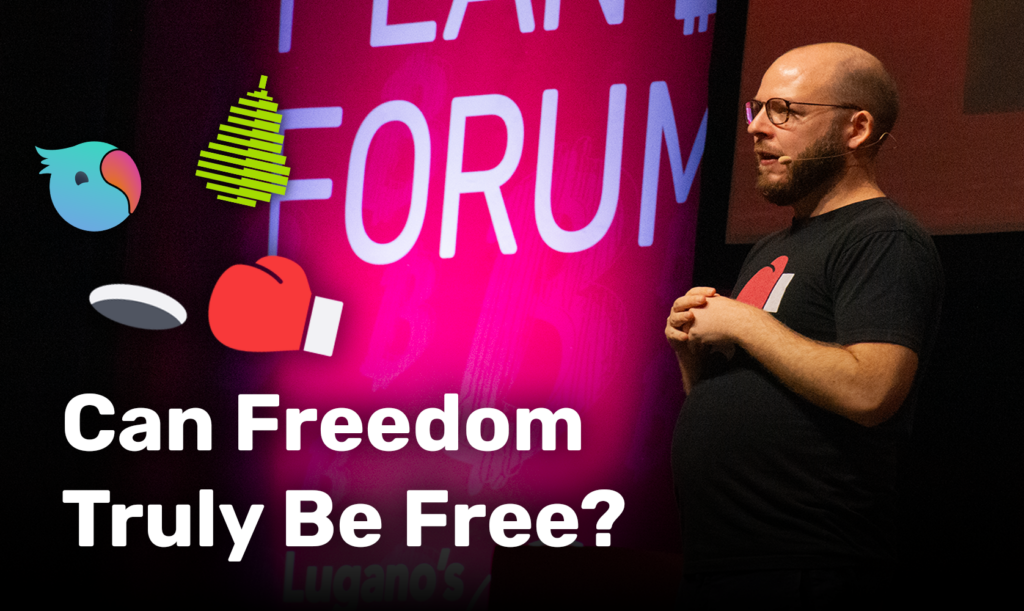Our creations and conversations become food for marketing companies to tailor targeted ads, for which they pay platforms like Facebook or X based on the data they collected and stored on these servers. The profit margins are staggering, and our content essentially belongs to them, allowing for manipulation of what is seen by others, how our stories are framed, and our privacy to be virtually non-existent. All we receive in return are the fleeting dopamine rushes from likes and shares.
In essence, the internet is broken, and the more we philosophize about it, the more it seems like the only means of communication available. Thankfully, a few years ago, someone created a new way to transmit data between devices without relying on servers of any kind. This system is known as peer-to-peer, and it was first introduced by the renowned BitTorrent protocol.
Mathias drew inspiration from BitTorrent, and as he explained in the previously mentioned keynote, the idea was to make this process as simple as possible, and, surprisingly, entirely free. You might think I am contradicting myself since earlier I said that data transmission is costly, but as it turns out, that doesn’t always have to be the case.
Holepunch and Keet offer genuine freedom at no cost. Over the past year, the Holepunch team has tirelessly worked to streamline the process by which our computers use the internet to connect and communicate with each other. A series of new protocols has been developed, enabling us to use our network of peers to send and receive encrypted messages.
The implementation of these features began with Keet, a chat app that started on desktop, offering text, video calls, and file sharing. Today, it allows lightning payments, functions on mobile devices, supports document sharing of all types and sizes, offers masterclasses, hosts videos, all without depending on a central server and incurring hefty fees.
How does this work, you may wonder? Let’s say Alice wants to chat with Bob. They exchange memes and sometimes highly confidential work documents throughout the day. Since Alice and Bob already share the same channel for both, they aren’t concerned about data breaches.
However, if one day, a centralized data center experiences a breach hack, and all their confidential documents and memes are exposed to the internet. Holepunch prevents such disasters by establishing a direct communication channel from Alice to Bob.
All the data they send is end-to-end encrypted, so even if a centralized data center experiences a meltdown, it won’t matter because their data never touched a server. Alice can send her memes to Bob, and even if Bob is offline, the encrypted data is distributed through their network of contacts, making it accessible for Bob to retrieve when he returns to his computer, even if Alice is no longer online.
Holepunch and Keet are constantly evolving, and the possibilities are mind-blowing. What started as a simple idea inspired by downloading movies from BitTorrent has now laid the foundation for transforming the way content creators are compensated—a 100% value-for-value approach.
Mathias and Paolo Ardoino, Holepunch’s CSO, took the stage during the Lugano Plan ₿ Forum to elaborate on the fruits of a year’s worth of work on Holepunch. Their presentation, titled “Keets, Pears, and Holepunches,” conveyed the importance of this revolutionary technology.

